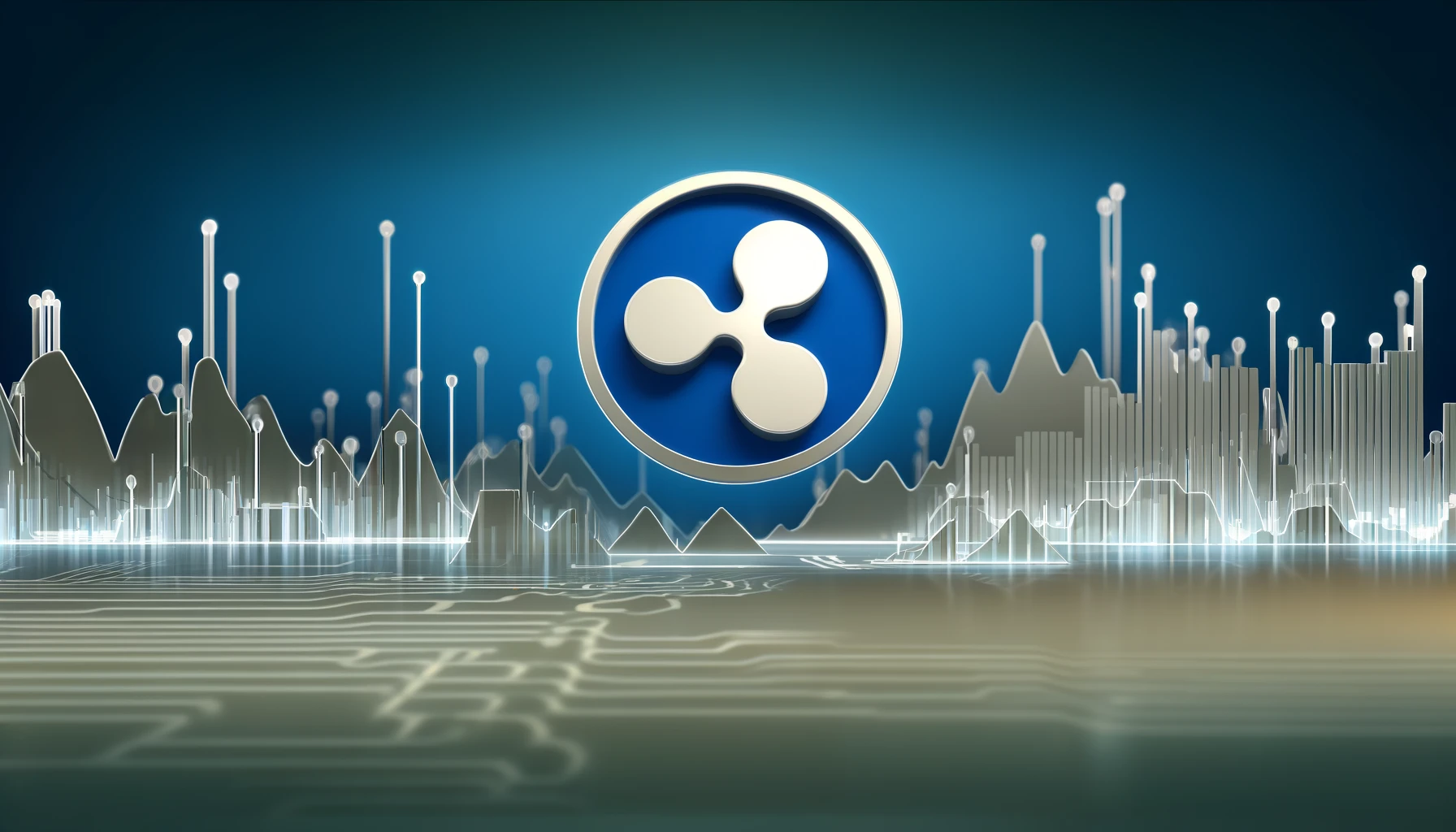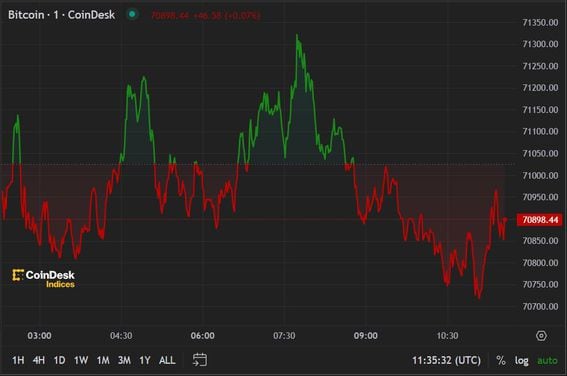Before you pop the champagne and throw a party over the UK’s latest inflation figures, let’s calm down for a second. Yeah, it’s true—the number has tumbled down to a cozy 3.4%, hitting its lowest point since the days when we were all blissfully unaware of what 2021 had in store for us. This surprising dip is a breath of fresh air for those steering the ship at Downing Street, particularly with Rishi Sunak in charge, amidst a sea of challenges. But before you start dreaming of a summer filled with interest rate cuts, let’s get into what this really means for the UK.
A Closer Look at the Numbers
The decrease to 3.4% in consumer prices for the year leading up to February did one better than the 3.5% forecasted by economists. But remember, this is still higher than anyone wants it to be. The Bank of England had us all on the edge of our seats, predicting inflation would hug the ground at 2% by the second quarter of this year, thanks to less expensive energy costs. And with the latest stats from the Office for National Statistics, it seems they might just hit their mark, possibly as early as April.
Despite the BoE playing it cool with a probable rate hold at their next gathering, the markets are filled with chatter about a rate cut by the summertime. However, let’s not get ahead of ourselves—traders are only somewhat confident about a cut happening by June. And the GBP has taken a slight hit against the dollar.
With public opinion polls not exactly in the Conservative government’s favor and a recent history of scandals, this drop in inflation comes as a handy distraction. Chancellor Jeremy Hunt was quick to label the plan a success, hinting at inflation hitting the target 2% in the coming months. But let’s not forget that the cost of living is still a heavyweight champion, and the average citizens are feeling the tight squeeze.
The Devil’s in the Details
Despite the BoE’s hopeful stance and the Conservative party’s victory lap, the reality on the ground tells a different story. Core inflation, which gives us the lowdown excluding food and energy, saw a slight decline but remains stubbornly high. And while service price inflation eased up a bit, it’s still a thorn in the side for those dreaming of an inflation-free utopia. So yeah, while the numbers are heading in the right direction, the battle against high living costs is far from over.
The labor market is another issue, with wage growth showing a slight slowdown but still running hotter than the BoE would like. This lingering high wage growth is a double-edged sword. Good for workers, but a headache for those trying to steer inflation back to safer waters. The upcoming months are vital, with all eyes on how pay negotiations and the national living wage increase will play out.
Meanwhile, across the pond, the US Federal Reserve and the European Central Bank are in a similar holding pattern, making it clear that rate cuts are off the table until inflation convincingly heads south.





